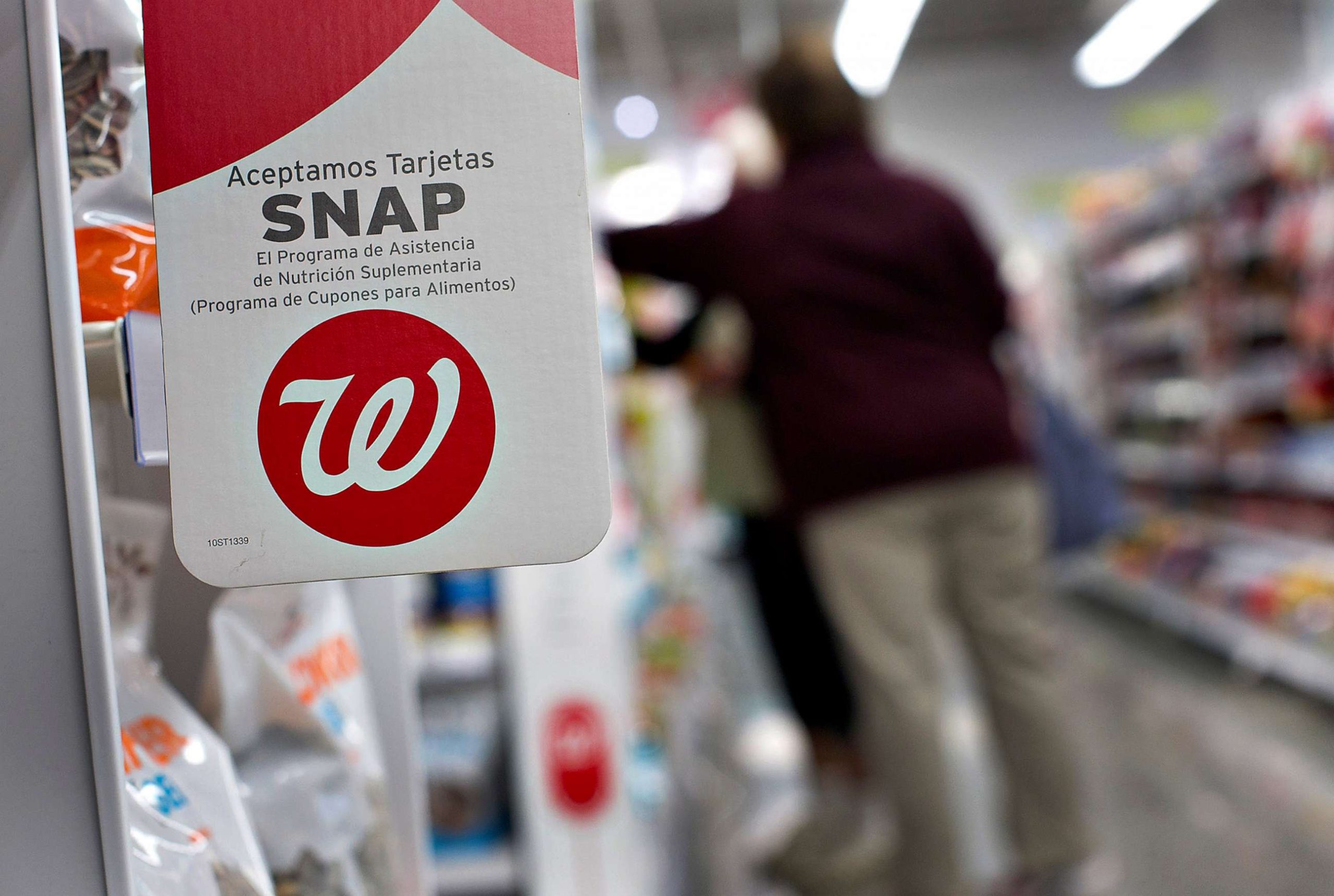A recent report from the Urban Institute reveals that food stamp benefits in Illinois are insufficient for recipients to adequately feed their families. The study highlighted a significant gap between the monthly Supplemental Nutrition Assistance Program (SNAP) benefits and the actual cost of an average meal, prompting calls from consumer advocates to increase federal SNAP funding. They argue that such an increase would benefit not only food stamp recipients but also the entire country.
June Campbell, who relies solely on Social Security, is among the nearly 42 million Americans dependent on SNAP. She expressed difficulty in stretching her food stamps to cover her meals. The Urban Institute’s nonpartisan study found that the average maximum SNAP benefit in 2023 was $2.84 per meal, which is $0.53 less than the modestly priced meal average cost of $3.37. Elaine Waxman, a senior fellow at the Urban Institute, noted that this shortfall quickly adds up for families, demonstrating that while SNAP effectively reduces food insecurity, it is currently under-resourced and fails to provide sufficient resources for families to adequately put food on the table.
Waxman explained that four in ten U.S. households rely on SNAP as their sole means of purchasing food, leading families to adopt coping strategies when benefits run out, such as buying cheaper, less nutritious options or turning to charitable food sources. This situation is particularly concerning because food insecurity is linked to higher risks of various health conditions, including diabetes and hypertension.
In 2021, the U.S. Department of Agriculture (USDA) updated the “Thrifty Food Plan,” which determines SNAP benefit amounts based on the cost of a healthy diet. This was the first permanent update in 45 years and resulted in a 21% increase in SNAP benefits. However, as Waxman pointed out, even with this increase, the benefits still fall short of meeting the needs of recipients. The USDA has stated that SNAP is a critical tool for ensuring that low-income individuals can purchase healthy food and that the program is designed to respond to changing economic conditions, including rising food prices, to help alleviate the effects of inflation on American families.
During the COVID-19 pandemic, SNAP recipients received a temporary boost in benefits, leading to a dramatic drop in food insecurity despite widespread job losses and other financial pressures. Waxman emphasized that this temporary increase demonstrated the significant impact that boosted SNAP benefits can have on reducing food insecurity. However, this temporary benefit expired at the end of the pandemic.
June Campbell hopes that lawmakers and the federal government will take action to provide more SNAP assistance as she continues to struggle to afford food. She reflected on the increasing cost of living, noting that $150, which once fed her and her husband for a month, now barely covers her own needs.
Also Read:
- Illinois Schools Ensure Food Stability for Students through Expanded Meal Programs
- Miami Native Overcomes Challenges to Realize Dream with Cuban Sandwich Food Truck
The Urban Institute stresses that SNAP benefits are an issue that everyone in the country should support, as inadequate nutrition leads to higher rates of chronic diseases like diabetes and hypertension, ultimately resulting in increased healthcare costs for all. Illinois Congressman Jonathan Jackson, a member of the Agriculture Committee, is actively working to expand SNAP benefits through a bipartisan farm bill, with the current farm bill set to expire in September.





